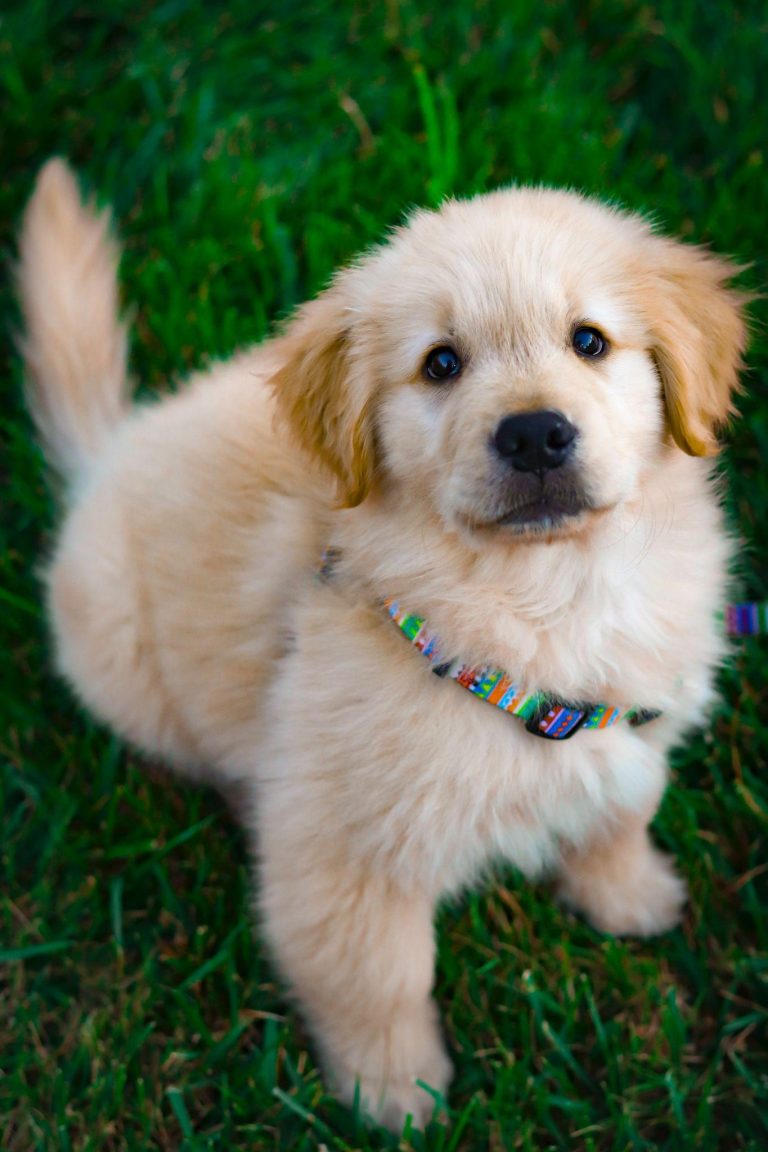Bringing a dog or puppy home for the first time is undoubtedly an exciting experience. But this new chapter also comes with great responsibility and potential challenges.
Preparing your home, understanding the breed’s specifics, arranging for necessary supplies, organizing training resources and finding a good vet are some of the key areas to focus on.
If you’re feeling overwhelmed by what needs to be done before your fur buddy arrives, don’t worry! This guide has been designed just for you, containing all the vital steps and information you’ll need to create a smooth transition as you welcome your new family member.
How to Prepare for Your First Dog or Puppy
Bringing your first dog or puppy home is a thrilling experience, but you need to be prepared to ensure you both have a stable environment. Here’s what to research and buy for your pup.
1. Understand Your Dog
You need to invest time and effort into learning about general dog behaviors and the specific traits of your chosen breed. Grasping how dogs communicate through body language or vocalization helps in understanding their needs, fears, and discomforts from the word “go.”
2. Prepare Your Home
To make your home safe and welcoming for your new puppy or dog, you’ll need to do some planning. Start by removing any hazardous items within their reach, such as chemicals, sharp objects, or small items. Ensure your backyard is secure so they can’t attempt to escape.
Purchase a comfortable dog bed and choose an appropriate spot in the house for it. Lastly, pay attention to noise levels and try to provide a calm environment that doesn’t cause fear.
3. Buy Basic Necessities
Before your new pet sets foot in the house, you will need to stock up on some basic necessities. High-quality dog food specially formulated for their breed and age group is essential. A sturdy collar and leash will be needed for safe walks outside. You may also find a crate useful.
4. Food and Medicines
When it comes to feeding your new furry companion, it’s important to opt for high-quality dog food. The choice of dry or wet food depends on your dog’s age, size, and dietary needs.
Remember, treats should only make up 10% of their diet, and always provide plenty of fresh water. Be sure to keep some basic first aid essentials, like tweezers, bandages, clippers, and other things on hand. Consider integrating CBD oil for dogs into their routine for anxiety.
5. Grooming Essentials
Regular grooming keeps your dog looking clean and tidy and is crucial for their overall health. At the very least, you’ll need a good brush suited to your dog’s coat type and length. Don’t forget to purchase nail clippers or a grinder, toothbrush and toothpaste, and dog-safe shampoos.
6. Training Resources
Training your new pet is a significant responsibility that begins the moment you bring them home. Basic commands like sit, stay, and come are crucial for ensuring your dog’s safety and well-being. You might want to invest in some training resources before the big day arrives.
Alternatively, hiring a professional trainer may be beneficial. A selection of diverse toys and treats is also an effective part of training that can help motivate your dog during sessions.
7. Find Vet Services
Finding a reliable, professional veterinarian in your area who can provide regular check-ups as well as medical help when needed is critical. It’s advisable to get recommendations from other pet owners and to meet and discuss with the vet before making a final decision.
8. Get Them Socializing
Socialization is an important part of a puppy or dog’s development, and it’s never too early to get started. From the beginning, encourage your pet to interact with a diverse range of dogs and humans in various environments. This exposure helps them develop into confident animals.
Dog parks and walks around your neighborhood can provide great opportunities for socialization. Also, remember to give praise and treats as rewards during these interactions.
9. Always Supervise Playtime
Supervised playtime is critical, especially when you’re first introducing a puppy or dog to your home. It’s not just about keeping them from chewing on unsuitable items. As their caregiver, you want to ensure that their play is safe and contributes positively to their development.
10. Be Patient and Consistent
Patience and consistency are key when it comes to owning any dog or puppy. Keep in mind that your new four-legged friend is adapting to a completely new environment. Dogs thrive on routine. Sticking to consistent food, walk, and nap times can all make the change less stressful.
Similarly, during training, patience is key as some breeds take longer than others to learn. Your commitment to providing a steady and patient environment will ensure a smooth transition.
In Conclusion…
Now that you’re equipped with these tips, you’re well on your way to becoming an excellent dog parent. Embrace this journey and remember that, although it might seem overwhelming at first, the love and companionship a dog brings to your life are worth every step of the preparation.

